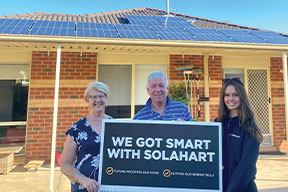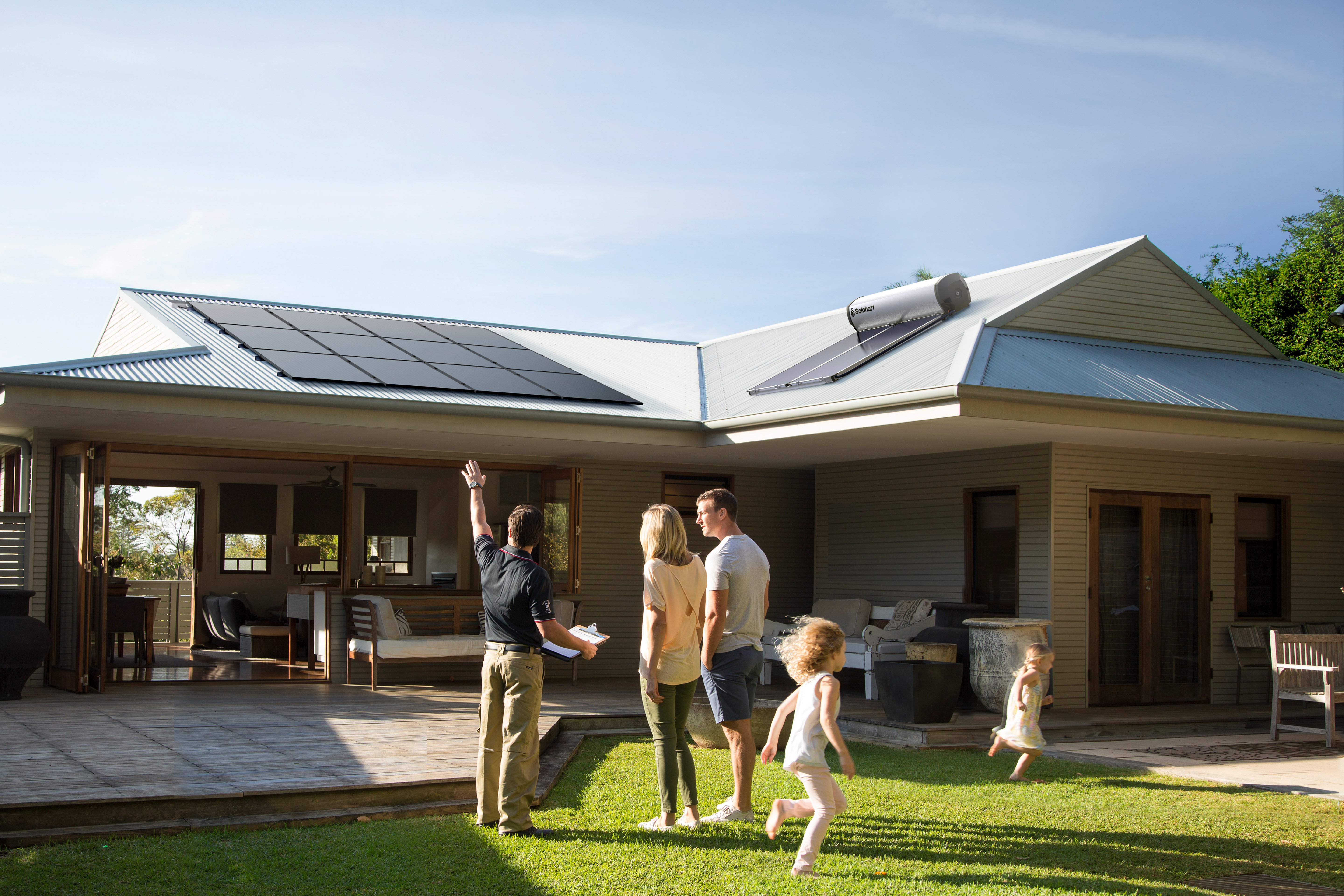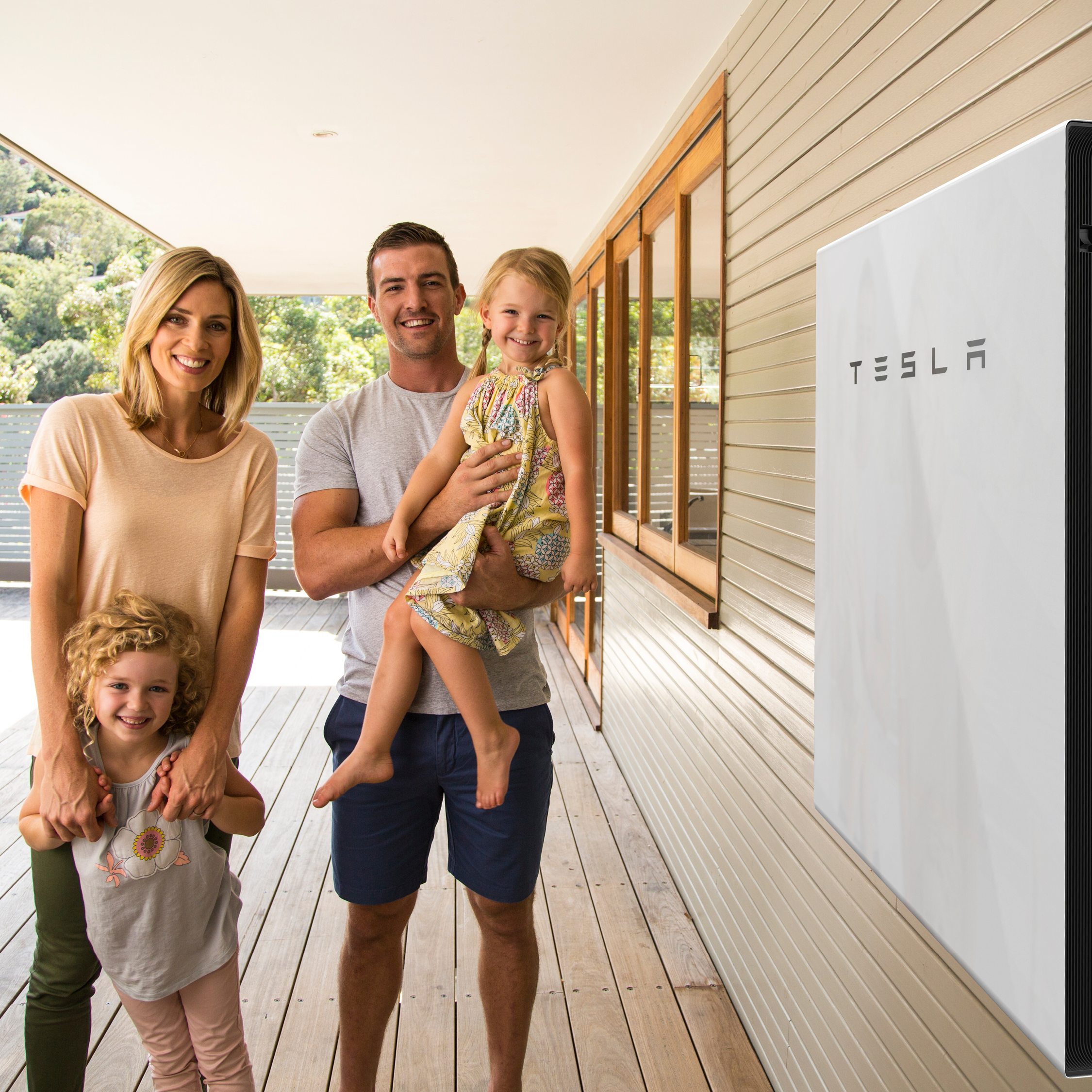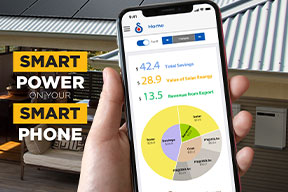Why electricity prices have gone up and 4 ways to protect yourself
The Australian Energy Regulator, in its Annual Wholesale market performance report, said wholesale electricity costs more than doubled in all states and almost tripled in Queensland between 2021 and 2022. This is the major reason household energy bills are continuing to rise.
”These inflationary pressures have resulted in energy retailers passing cost increases on to households, contributing to an even higher cost of living,” says Stephen Cranch, General Manager of Solahart Australia. “Increases in electricity prices create even more problems for consumers who don’t have solar and rely solely on the grid for their energy.”
Why have electricity prices gone up in Australia?
The real wholesale price pressures were felt in 2022 where there were two key reasons for electricity price rises:
- Unplanned outages of large generators: Generation supply has been restricted by aging coal-fired power stations being closed for unplanned maintenance.
- Russia-Ukraine war: The war resulted in a dramatic price increase for both black coal and gas. Even with increasing levels of lower cost renewables, gas fired power often sets the wholesale price in peak demand periods. “The high fuel prices even resulted in some generators withdrawing from the market,” says Stephen.
“In June 2022, the Australian Energy Market Operator (AEMO) suspended the wholesale spot market for a week in all regions covered by the National Energy Market (NEM), which is unprecedented in Australia.”







